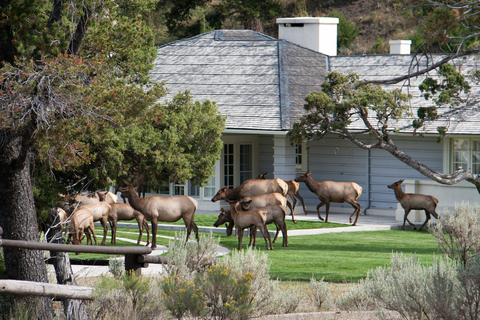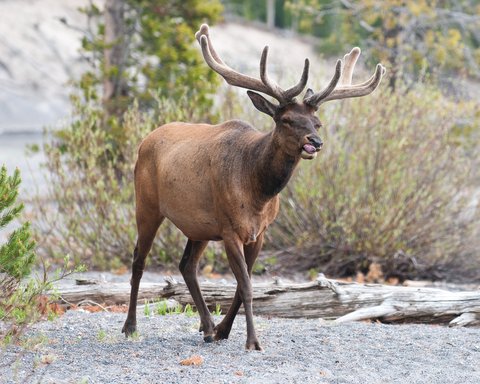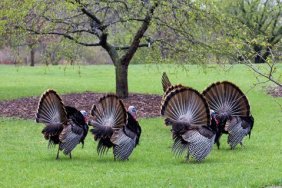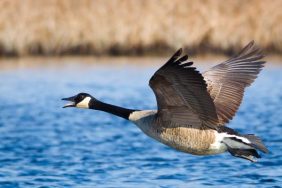Many elk hunters will tell you that one of the keys to a successful hunt is a good elk calling technique. Experienced elk hunters have spent years perfecting their calls, but you do not have to be a grizzled veteran to successfully call elk.
Elk calls are important to hunting because elk use a variety of calls to communicate to each other. If you can imitate their calls, you have a good chance of luring the animal closer to your location. Among the most important of these calls is the bugle, which the bull elk use to call females during the rut.
Elk calling is an art, but once you get started you will be able to improve and hone your skills with experience. As with many outdoors skills, study and practice are the best routes to becoming good caller.
Here are some tips that will get you started to successfully calling elk.
Listen
While it would be great to get outside and listen to live elk calling, this can be prohibitive for many hunters, who have limited time to prepare for a hunt and/or travel long distances to find a herd of elk. The best way to listen to elk calls is to go to the internet and find some examples. Listen carefully to the sounds elk make before you try to imitate them.
Types of calls
The most important elk calls to become familiar with are the mews and chirps of the cows and the bull’s bugle.
Practice
Once you have studied the sounds elk make, the next step is to practice imitating those sounds with an elk call. You do not have to be perfect, because elk do not always sound exactly the same. However, it is important to practice until you are close to the examples you have been listening to. It is also important to practice a few different calls so you have a variety to work with in the field.
Elk calls
The two basic types of elk calls are the reed variety, which are used outside the mouth, and the diaphragm variety, which go in the mouth. For beginners, the reed type are much easier to get started with and take less time to learn.
When to call
One of the best tips an elk hunter can learn is to use calls judiciously. Too much calling can be detrimental to your success. It takes time to learn, but by observing and listening to elk activity, you will learn when to use specific types of calls.
Deflect the sound
Calling can alert elk to your location. While you want to draw them closer to you, you do not want them discover you. One way to prevent the elk from pinpointing your location is to deflect the call with your hands. If you are hunting with others hunters, keep the caller and shooters separated.
Photo credit: Dreamstime
Elk in North America
-
Does this angle make my nose look big?
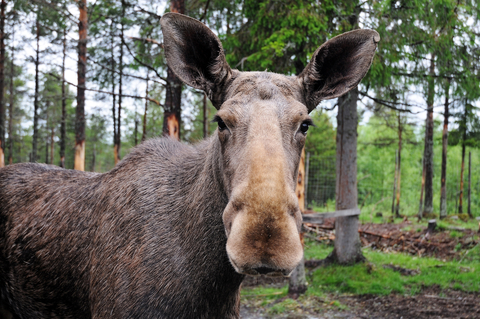
-
It's great to be an elk in the morning.
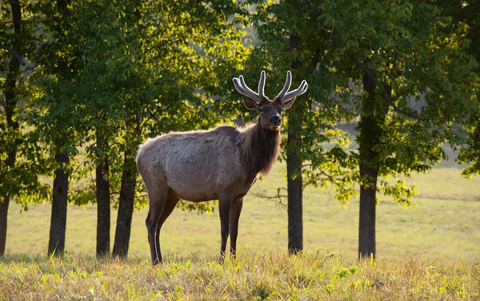
-
Glad I brought my winter coat.
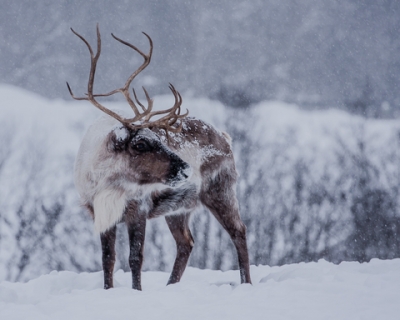
-
Milk does a body good.
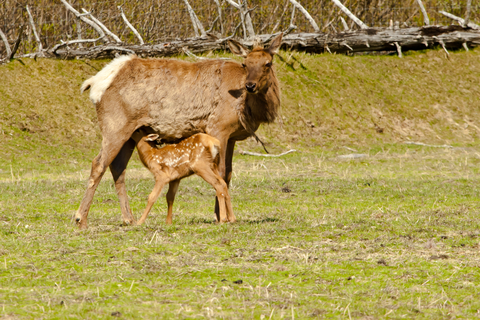
-
Finally some water greens.

-
Just chewin'
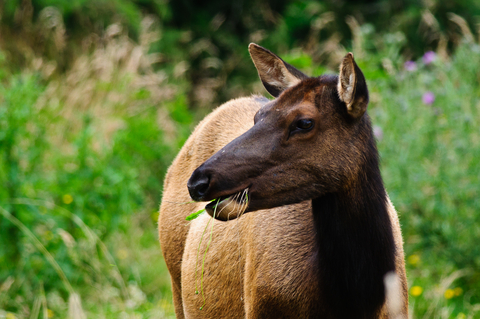
-
A little R and R.
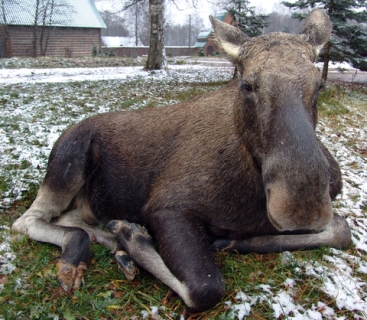
-
Kinda wish we brought the snow shoes about now.
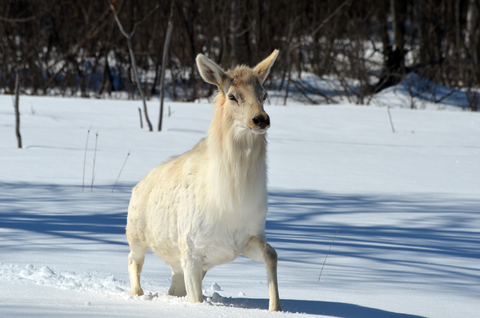
-
Okay boys, we got a lot of grass to eat before nightfall.
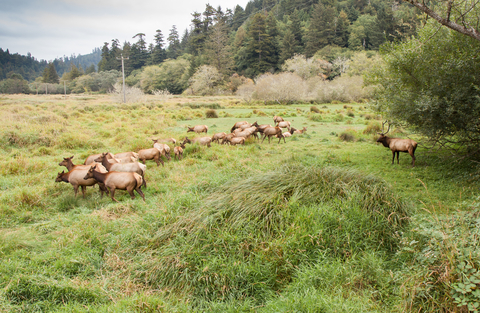
-
You guys don't mind if we move in do you?
